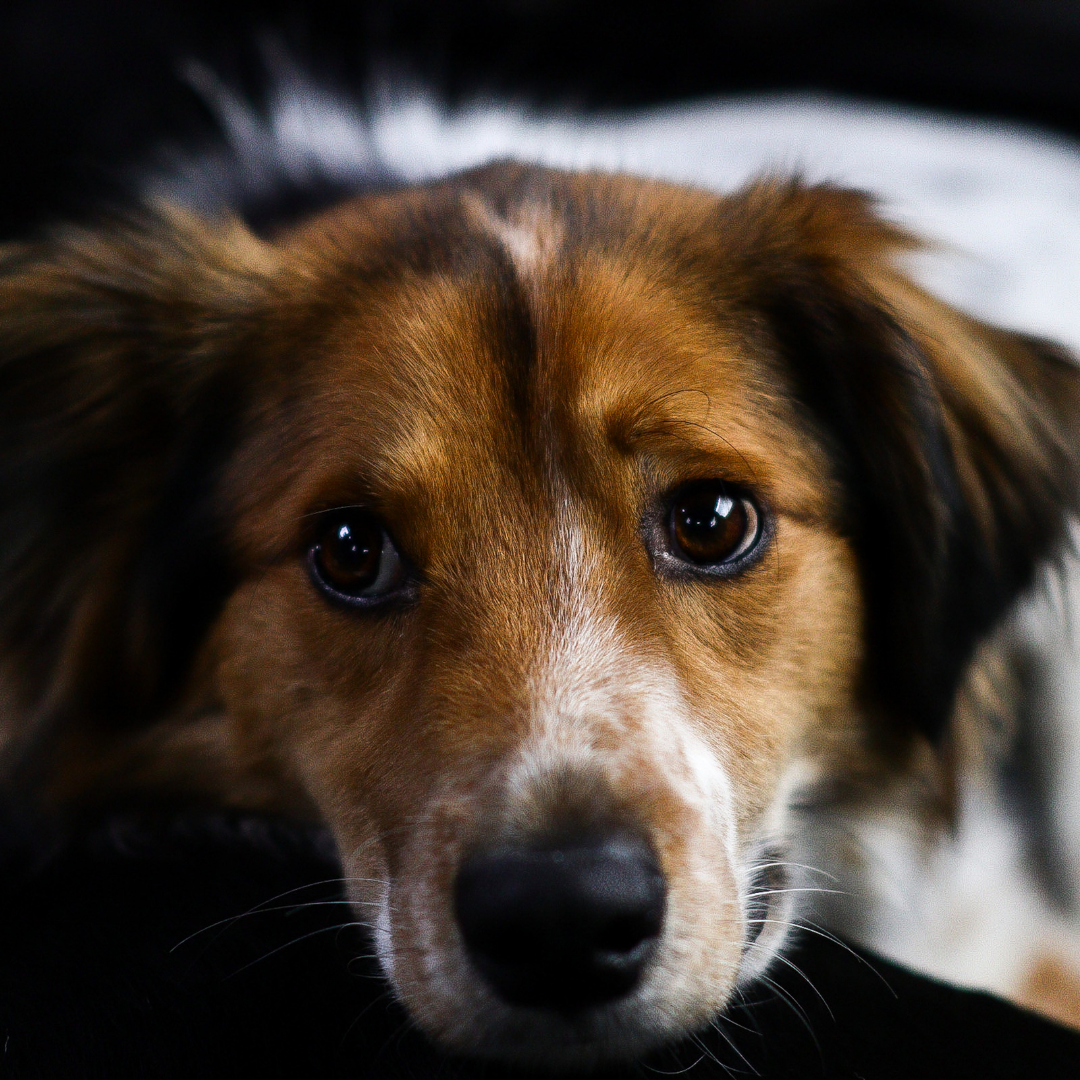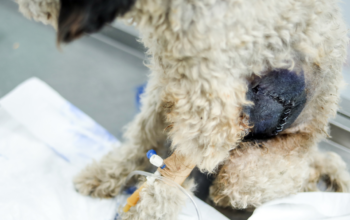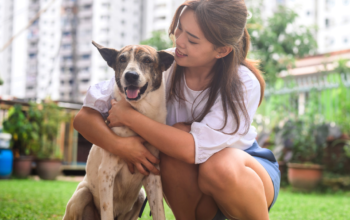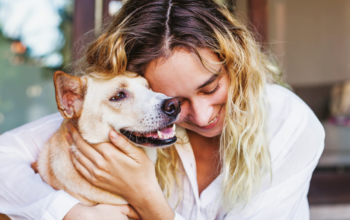Dogs, like humans, sometimes have a hard time coping with the unexpected. You’ve trained your dog to respond to certain signals, and he responds to your call by going to a certain place for a treat. But sometimes, people have a hard time getting their dogs to respond to certain signals, and they have a hard time getting their dogs to respond to their call. In this post, I’ll show you five simple ways to give your dog a hand when he or she is anxious and why it’s so important to have a plan in place to help your dog calm down.
What makes a Dog Anxious?
Anxiety is one of the most common problems with dogs and can be mightily difficult for owners to deal with. If you have a dog, he has likely been anxious at some stage in his life. But how do you know when he’s just a bit over-cautious or when he’s seriously anxious? The truth is that it can be difficult to tell the difference between the two, but it’s important to be able to tell when your dog is anxious.
There is no question that dogs are man’s best friend. They are loyal, kind, adorable, and great companions. But there is also no question that dogs can be seriously moody, too. Some dogs are afraid of thunderstorms or fireworks, others pant or pace when stressed, and still others refuse to go for walks on the street. What makes these dogs anxious? And what can you do to help?
Dog anxiety is one of the common problems faced by dog owners. Dogs are extremely social animals and enjoy being with people. Many factors can affect their behavior. Among them are the environment, genetics, energy level, health, training, socialization, breed, and more.
There is a certain amount of anxiety that comes from owning a pet, especially a dog. The fact of the matter is, dogs have different levels of anxiety that can be caused by a variety of factors. For example, seeing their owners get anxious over something could also make the dog anxious. This can often be resolved by first solving your own anxiety, if that is what is causing the issues, Try to incorporate some soothers into your diet such as CBD oils from somewhere like Blessed CBD or the likes, which can help ease your anxiety. You can also find CBD for your pets, which might just help calm them down. According to some speculation, CBD’s effects on dogs are likely to be similar to those on humans. So, if you are interested in purchasing the product for your canine friend, you can use search terms like CBD oil for dogs on the Internet to find a curated list of the most effective CBD oils for furry friends.
However, if you were confused as were to begin with searching for CBD for yourself, then you might find it helpful to read and article about CBD gummies UK or one about CBD supplements available in a country relevant to you if you preferred. By doing some research before hand you might feel more comfortable with taking this type of supplement as a treatment for you as well as a dog friendly on for your pet. Some dogs display symptoms that are obvious and understandable to the owner, such as barking, biting, running, and whining. Other symptoms can be much harder to detect and may not be as simple as simply fixing the issue. This is true for many forms of anxiety, such as separation anxiety and fear-based anxiety.
5 Things You Can Do To Calm Your Anxious Dog
Dogs are the easiest pet to take care of, but that doesn’t mean they’re not hard to raise. Many owners know that their pooch is afraid of harmless things, like the vacuum cleaner. Others know that their dog is anxious in certain situations, like when they’re in the car. Still, others know that their dog is afraid of certain types of people, like people in uniform or people with kids. However, many owners don’t know how to help their dogs when they’re having an anxiety attack. While in general situations, some back rubs and kisses, and a nap on a soft dog bed might be enough to calm your little pal, sometimes they might need a little more than that.
Dog anxiety is one of the most common behavioral problems seen in pet therapy settings. It is usually attributed to environmental factors like household changes, moving, unfamiliar people, loud noises, or unfamiliar environments. Fear is the most common trigger for an anxious dog. So, how are you going to handle this?
When dogs are nervous, sometimes they can even show signs of anxiety, which are often mislabeled as they can be aggressive. Here are five ways to calm an anxious dog.
1. Show them that you are in control.
2. Make sure your dog is comfortable.
3. Offer your dog plenty of treats.
4. Walk your dog with a leash and be aware of your surroundings.
5. Don’t forget the basics: like a dog, people can also suffer from anxiety.
Regardless of your dog’s breed, temperament, or size, you know he’s nervous about new situations. And when he’s anxious, he can be downright destructive! Even when he’s calm, he can still act out when he’s afraid. If he barks, growls, or lunges when you’re in the room, he’s showing signs of anxiety. And if he rolls on his back in protest, he’s also stressed.
Many dog owners have experienced their dog getting anxious about a trip to the vet, meeting new people, or a change in routine. One way to prevent this from happening is to help their dog relax before those situations.




